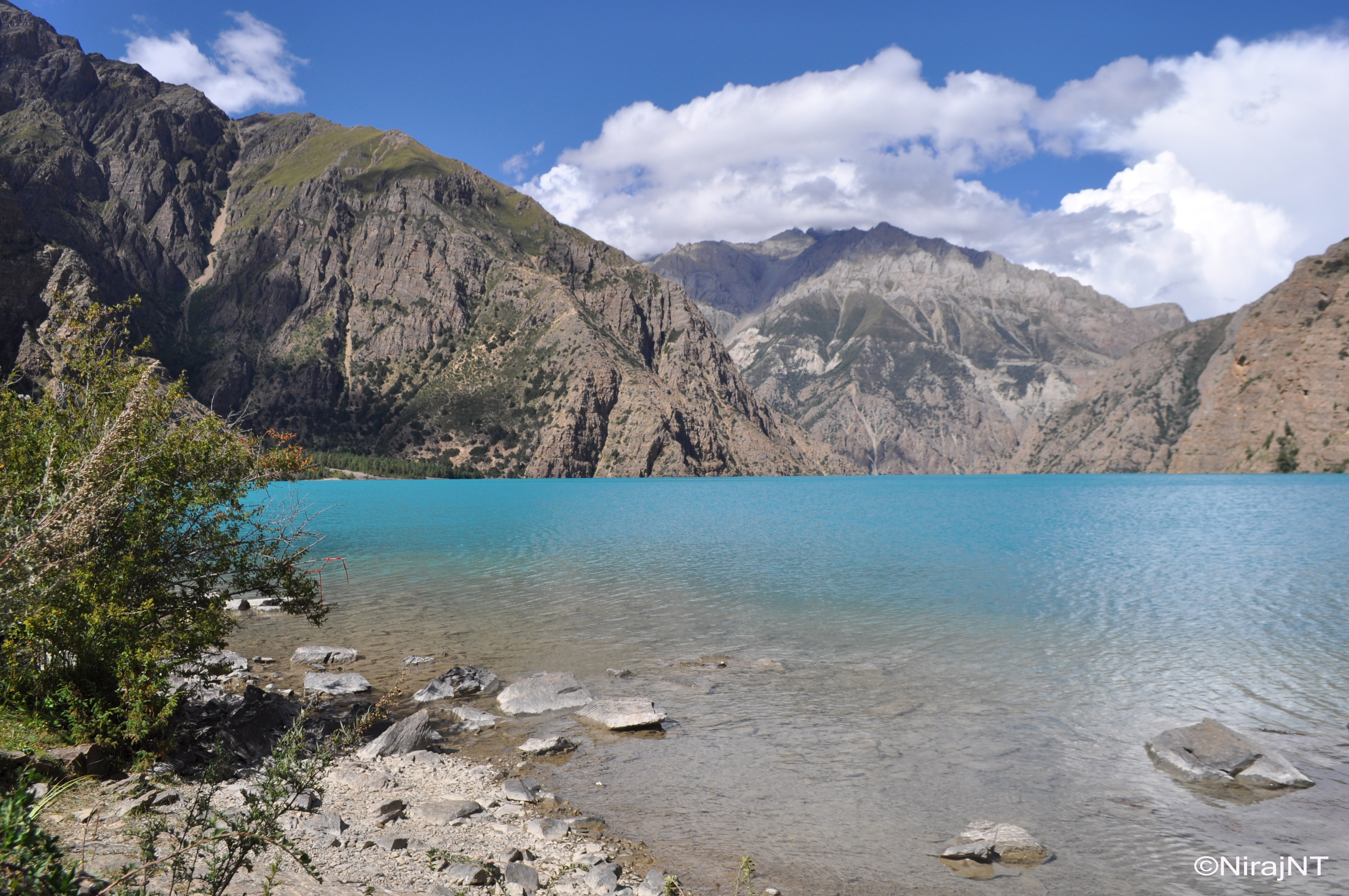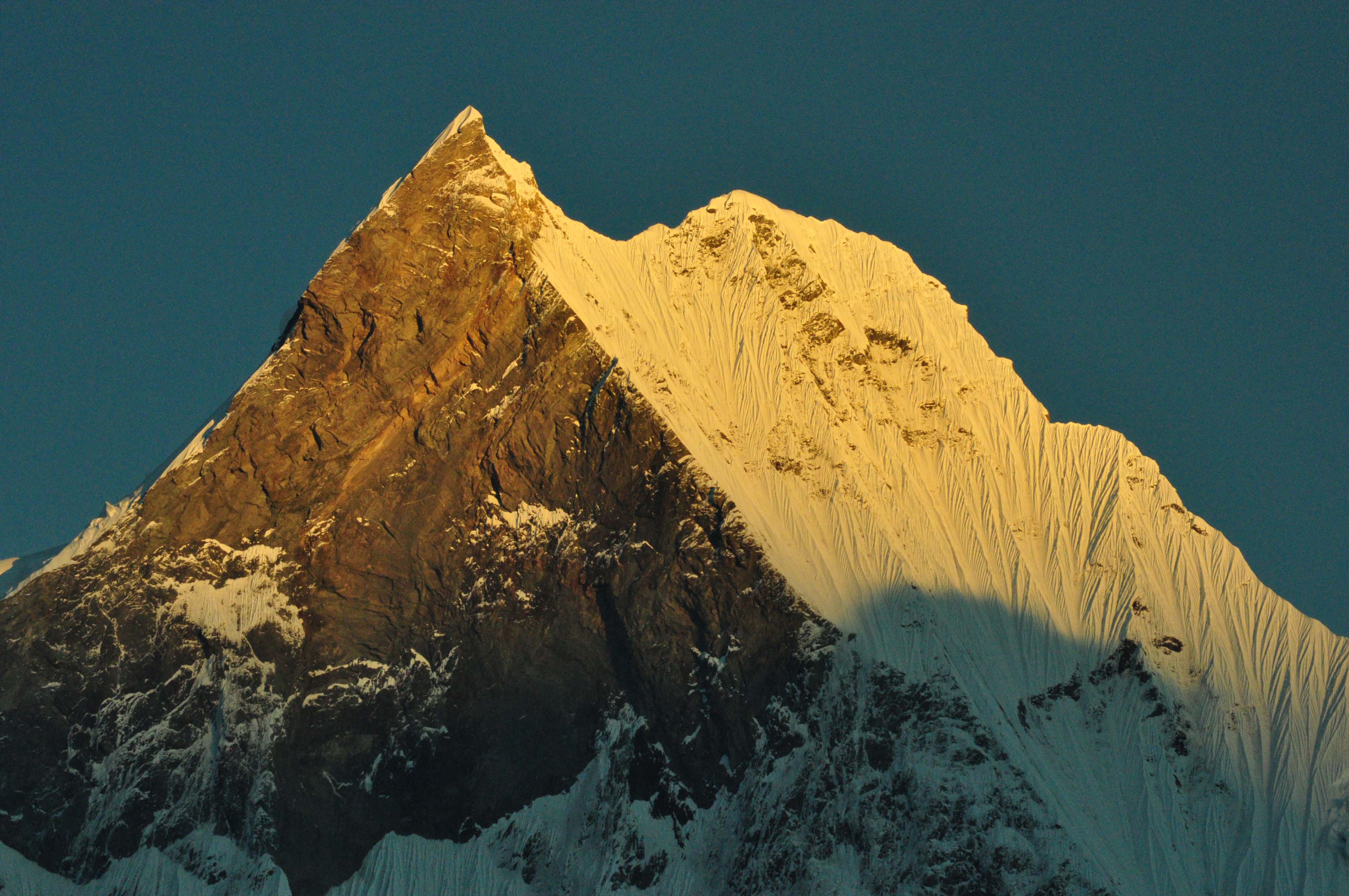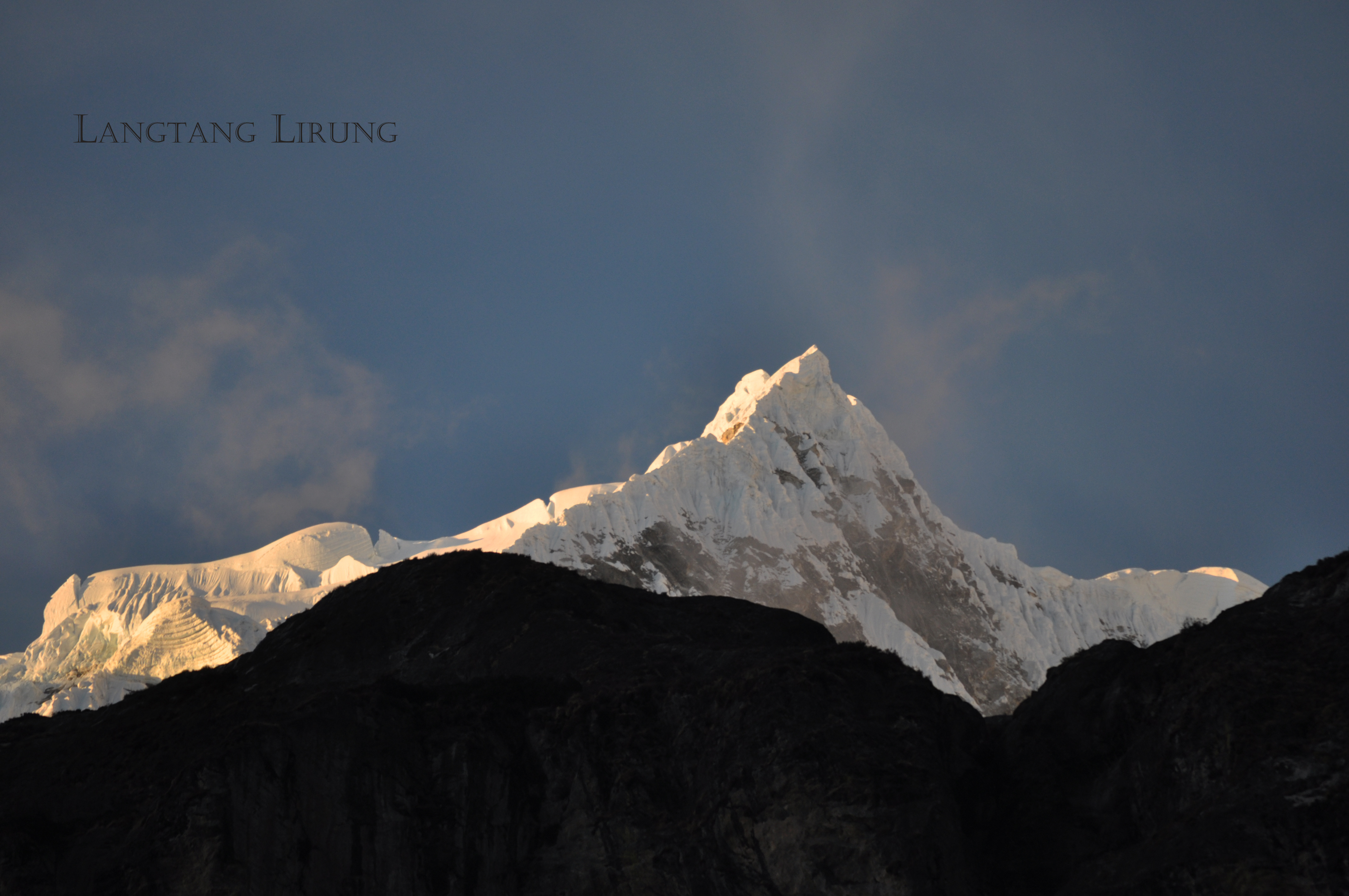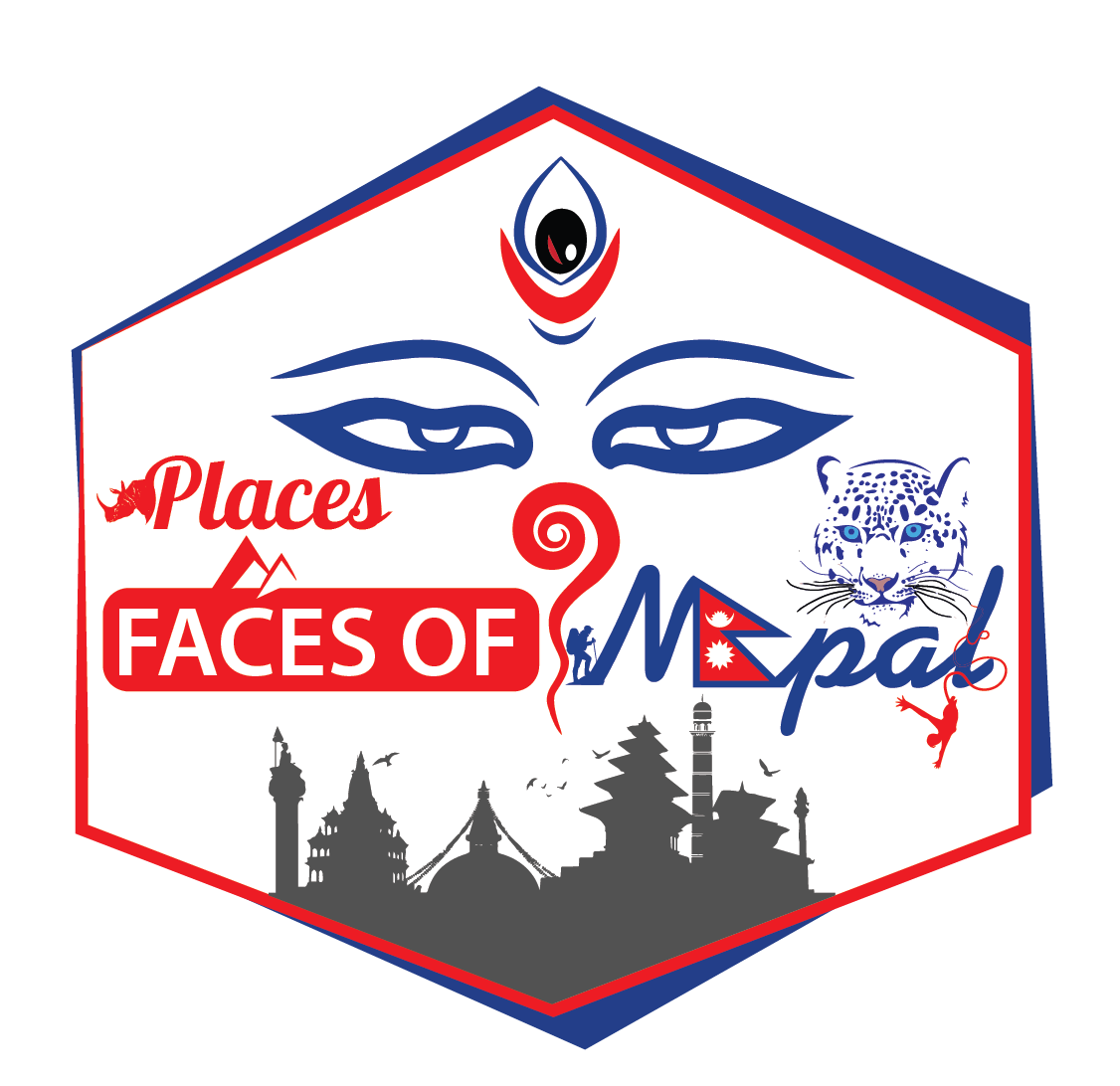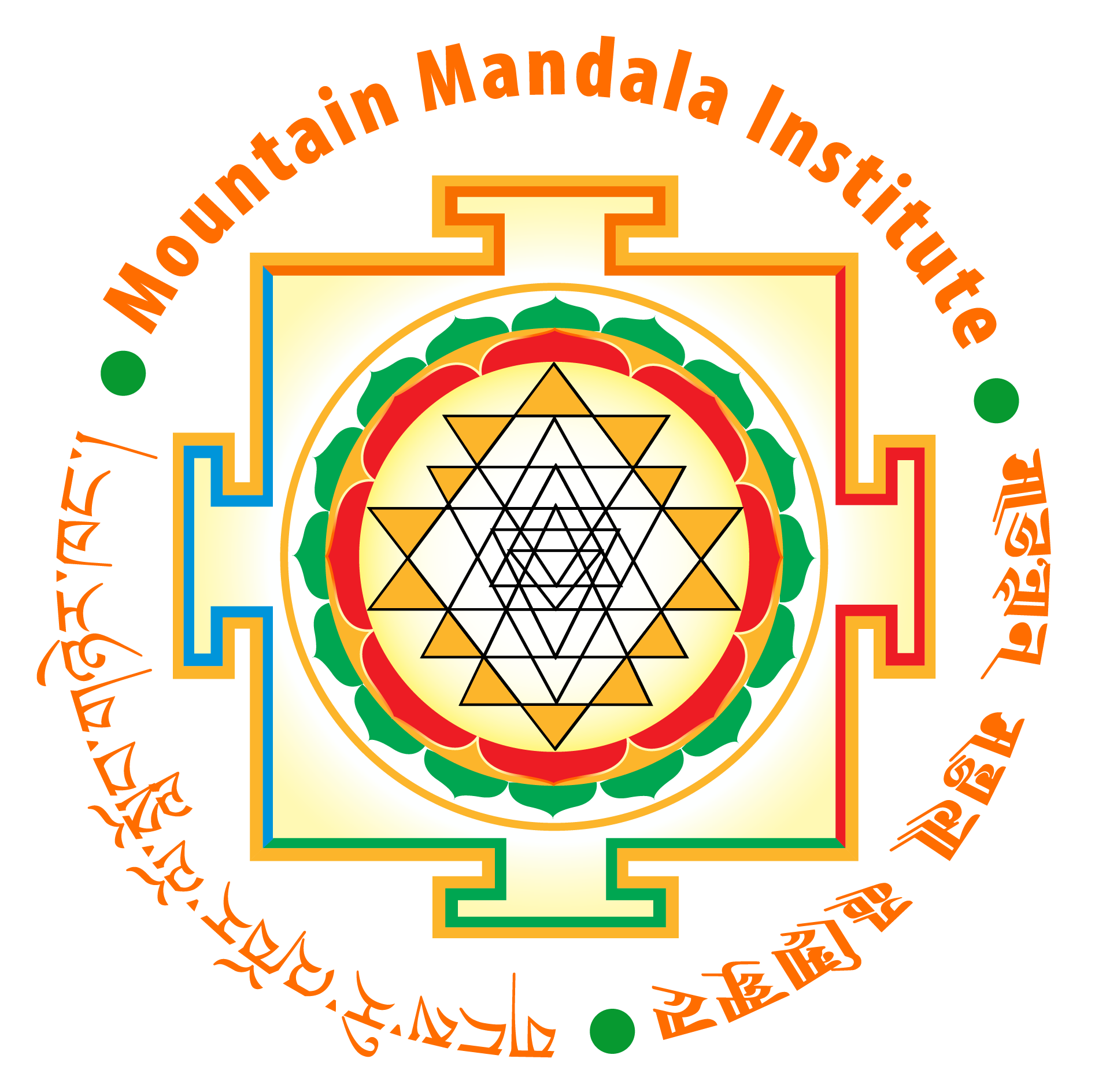About Nepal
Nepal (147,181 square kilometers) is rich and has unique cultural and natural diversity. A landlocked country located in South Asia with China in the north and India in the south, east, and west. Geographically, Nepal is divided into three east-west ecological zones: the Northern Range (mountains), the Mid-Range (hills), and the Southern Range (flat land). The geographic boundary of Nepal starts from the southern flat plains in Terai Mukhiya Patti Musharniya of Dhanusha District at 59 m and ends at the sky-piercing peaks of the Himalayas within a breadth of 200 km in the north at 8848 m on Mt. Sagarmatha. Sagarmatha is the highest point on Earth.
The cultural heritage of Nepal has evolved over the centuries. This multi-dimensional heritage encompasses the diversities of Nepal’s ethnic, tribal, and social groups, and it manifests in music and dance; art and craft; folklore and folktales; languages and literature; philosophy and religion; festivals and celebrations; foods and drinks. The 2011 Census listed a population of around 28 million belonging to 125 castes and more than 101 ethnic groups speaking 123 languages and dialects, making Nepal one of the most culturally diverse countries.
From Tarai (59M to 305M) Further north, the Siwalik zone (700–1,500 m) and the Mahabharat range (1,500–2,700 m) give way to the duns (valleys) known as the Inner Terai, such as Trijuga, Sindhuli, Chitwan, Dang, and Surkhet. The Midlands (600–3,500 m), north of the Mahabharat range, are the beautiful valleys of Kathmandu and Pokhara. The mountainous region starts at 3000 meters, leading up to the alpine pastures and temperate forests limited by the tree line at 4,000 meters and the snow line at 5000 meters. The inner Himalayan valleys (above 3,600 m), such as Mustang and Dolpo, are cold deserts sharing topographical characteristics with the Tibetan plateau.
This difference in geography created a Nepal rich in biodiversity and with a unique landscape. From ancient times, indigenous communities lived in particular geographic harmony with nature, with their own indigenous language and distinct cultural practices, and with close attachment to the ancestral territories and natural resources.
Nepal is bestowed with abundant water resources. It is said there are over 6,000 rivers and rivulets fed by snow or rain, and thus the country is also referred to as the 'water towers' of South Asia.
- Eight of the world's fourteen highest peaks above 8000 meters are located in Nepal: Mount Sagarmatha, Kanchenjunga, Lhotse, Makalu, Cho Oyu, Dhaulagiri, Manaslu, and Annapurna.
- Lumbini is the birthplace of Lord Buddha.
- Mt. Sagarmatha, also known as the "Forehead of the Sky," is the highest point on Earth, located in Nepal's Khumbu region.
- Dho Tarap (4,080 m) in Dolpa, Nepal, is the highest human settlement in the world.
- Eight of the world's fourteen highest peaks that are above 8000m lie in Nepal: Mount Everest (8,848 m), Kanchenjunga (8,586 m), Lhotse (8,516 m), Makalu (8,463 m), Cho Oyu (8,201m), Dhaulagiri (8,167 m), Manaslu (8,163 m), and Annapurna (8,091 m).
- Marijuana was grown and processed into charas (hashish) until international pressure persuaded the government to outlaw it in 1976. There is increasing reliance on animal husbandry.
Culture and Society of Nepal
The culture of Nepal is rich and unique. The cultural heritage of Nepal has evolved over the centuries. This multi-dimensional heritage encompasses the diversities of Nepal’s ethnic, tribal, and social groups, and it manifests in music and dance; art and craft; folklore and folktales; languages and literature; philosophy and religion; festivals and celebrations; foods and drinks. The 2011 Census listed a population of around 28 million belonging to 125 castes and more than 101 ethnic groups speaking 123 languages. Nepal’s linguistic heritage has evolved from three major language groups: Indo-Aryan, Tibeto-Burman, and indigenous. The major languages of Nepal (per cent spoken as mother tongue) are Nepali (44.6%), Maithili (11.7%), Bhojpuri (6%), Tharu (5.7%), Tamang (5.1%), Nepal Bhasa (3.2%), Magar (3.3%), and Bajjika (3%).
The distinction between caste and ethnicity brought together diversity in ways of life, food, and spoken language.
Religions and philosophy
The 2001 census identified 80.6% of the population as being Hindu. Buddhism was practised by about 11% of the population (although many people labelled Hindu or Buddhist often practice a syncretic blend of Hinduism, Buddhism, and/or animist traditions). About 3.2% practice Islam and 3.6% of the population follows the indigenous Kirant religion. Christianity is practised by less than 0.5% of the population.
Hindu and Buddhist traditions in Nepal go back more than two millennia. In Lumbini, Buddha was born, and Pashupatinath Temple, Kathmandu, is an old and famous Shiva temple of Hindus. Nepal has several other temples, Buddhist monasteries, and places of worship for other religious groups. Traditionally, Nepalese philosophical thoughts are ingrained with Hindu and Buddhist philosophical ethos and traditions, which include elements of Kashmir Shaivism, the Nyingma school of Tibetan Buddhism, the works of Karmacharyas of Bhaktapur, and tantric traditions. Tantric traditions are deeply rooted in Nepal, including the practice of animal sacrifices. Five types of animals, always male, are considered acceptable for sacrifice: water buffalo, goats, sheep, chickens, and ducks. Cows are very sacred animals and are never considered acceptable for sacrifice.
Dance and music
Legends state that dances in the Indian subcontinent originated in the abode of Lord Shiva — the Himalayas and the Himalayan Kingdom of Nepal — where he performed the tandava dance. This indicates that the dance traditions of Nepal are very ancient. With altitude and ethnicity, the dances of Nepal slightly change in style as well as in the costumes. The Dishka, a dance performed at weddings, includes intricate footwork and arm movements. The accompanying music and musical instruments change in tune with the themes, which revolve around topics like the harvesting of crops, marriage rites, war stories, a lonely girl’s yearning for her love, and several other themes and stories from everyday life in the villages.
Languages and literature
Nepali, written in Devanagari script, is the official national language and serves as a lingua franca among Nepalese ethnolinguistic groups. The Maithili language, which originated in the Mithila region of Nepal, is the de facto official language of Nepal and Madhesh as a whole. Maithili is spoken in Nepal as a second language. Extinct languages in Nepal include Kusunda, Madhesiya, and Waling.
Festivals and celebrations
In Nepal, there are 365 days of festivals and celebrations. Several of the festivals in Nepal last from one to several days. Dashain is the longest festival in Nepal. The Newars celebrate the festival as Mohani Nakha. Tihar, Swanti, and Chhath are other important festivals in Nepal. New Year’s Day of the lunar calendar, Nepal Sambat, occurs now.
Other important festivals include Buddha Jayanti (the celebration of the birth of Lord Buddha). During Maha Shivaratri (a festival of Lord Shiva) and Maha Shivaratri festivities, some people consume excessive amounts of alcohol and smoke charas. Sherpas, mostly located at higher altitudes and in the Mount Everest region, celebrate Mani Rimdu for the good of the world.
In Kathmandu, where living goddess Kumari is worshipped, there are Jatras of different kinds celebrated, mainly Indra Jatra( Adobe of heaven), Bhudyo's Karunamaya’ Jatra, god of rain and prosperity, which is the longest Jatra of the Kathmandu valley, and Bika Jatra in Bhaktapur, which is celebrated during the New Year.
Most festivals include dancing and music, and a variety of foods are consumed during festivals and on special occasions.
The Sagan ceremony is the ritualized presentation of five food items (a boiled egg, smoked fish, meat, lentil cake, and rice wine) to a person, which is done to bring good fortune as per Tantric tradition.
Buddha is widely worshipped by both Buddhists and Hindus in Nepal. The five Dhyani Buddhas—Vairochana, Akshobhaya, Rathasambhava, Amitabha, and Amoghasiddhi—represent the five basic elements: earth, fire, water, air, and ether.
Flora and Fauna
Nepal has diverse floral and faunal species and natural ecosystems, ranging from the lowland Terai region to the high Himalayas. The diverse climatic and topographic conditions have favoured a maximum diversity of flora and fauna in Nepal. The country occupies about 0.1 per cent of the global area but harbours 3.2 per cent and 1.1 per cent of the world’s known flora and fauna, respectively. In terms of biodiversity, Nepal is regarded as the 11th richest country in Asia and the 25th richest in the world.
Ecosystem diversity by area
|
Area |
number of ecosystems |
|
Terai |
23 |
|
Hill |
52 |
|
Mountain |
38 |
|
Others |
5 |
|
Total |
118 |


